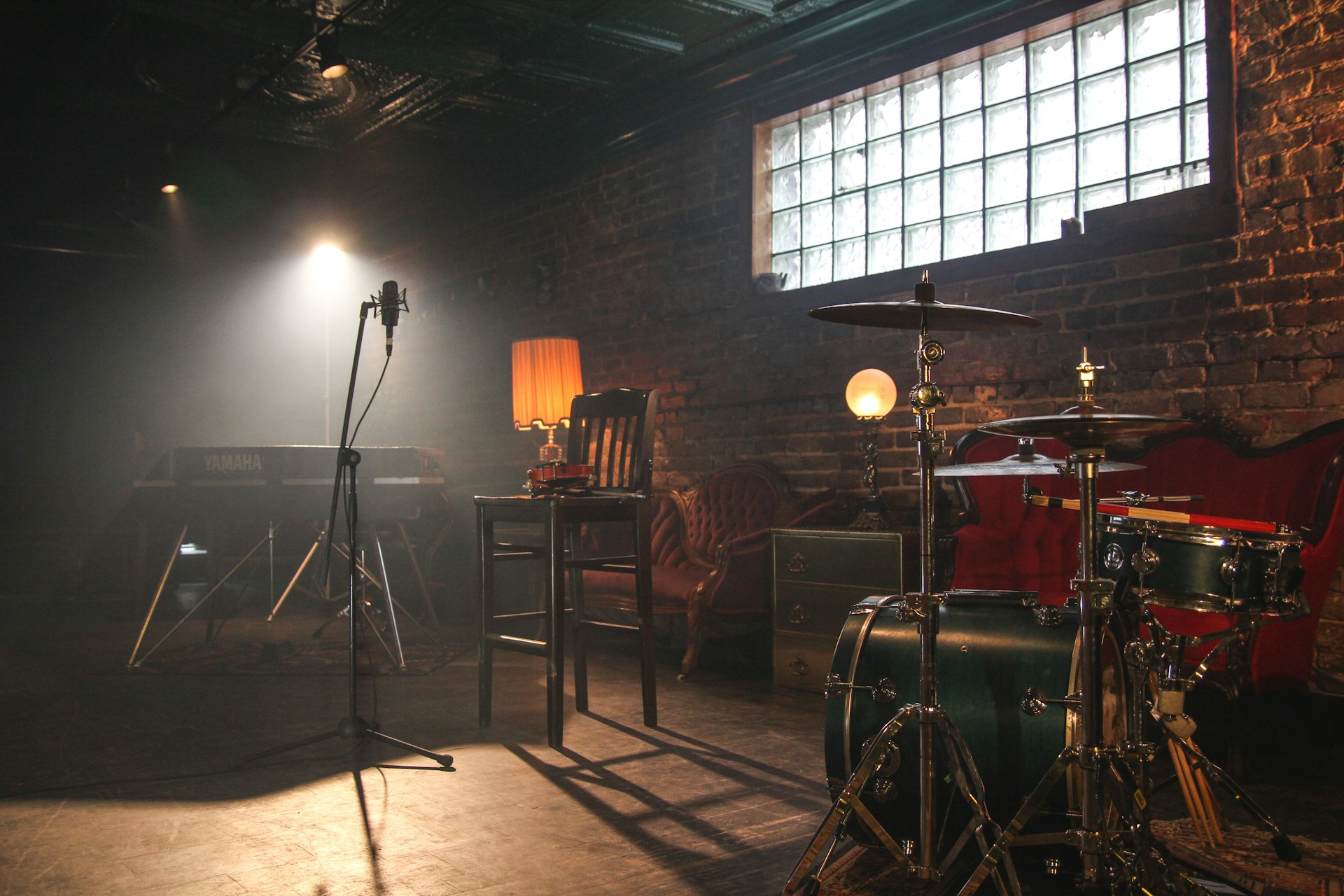
Musical instruments have been an integral part of human culture for thousands of years. They come in various shapes and sizes, each producing unique sounds that contribute to the rich tapestry of music. This article explores the different types of musical instruments, their history, and their significance in music.
Types of Musical Instruments
Musical instruments are broadly categorized into five main types: string, wind, percussion, keyboard, and electronic instruments.
1. String Instruments
String instruments produce sound through vibrating strings. They can be played by plucking, striking, or bowing the strings. Some popular string instruments include:
- Guitar: A versatile instrument used in many music genres, from classical to rock. It has six strings and is played by strumming or plucking.
- Violin: A four-stringed instrument played with a bow. It is a staple in classical music but is also used in other genres like folk and jazz.
- Cello: Similar to the violin but larger and played while seated. It has a deep, rich sound that adds depth to orchestral music.
2. Wind Instruments
Wind instruments produce sound by the vibration of air in a tube. They are divided into two subcategories: woodwind and brass instruments.
- Flute: A woodwind instrument that produces sound when air is blown across an opening. It is known for its clear, bright tone.
- Saxophone: A woodwind instrument made of brass and played with a single-reed mouthpiece. It is commonly used in jazz and classical music.
- Trumpet: A brass instrument with a bright, powerful sound. It has three valves and is widely used in orchestras, bands, and jazz ensembles.
3. Percussion Instruments
Percussion instruments produce sound by being struck, shaken, or scraped. They provide rhythm and texture in music.
- Drums: A group of percussion instruments played with sticks or hands. They are the backbone of many musical genres, providing rhythm and dynamics.
- Xylophone: A percussion instrument with wooden bars that produce sound when struck with mallets. It has a bright, resonant sound.
- Tambourine: A small percussion instrument with jingles attached to its frame. It is played by shaking or striking with the hand.
4. Keyboard Instruments
Keyboard instruments produce sound through the pressing of keys. They are capable of playing multiple notes simultaneously, making them versatile for solo and ensemble performances.
- Piano: A large keyboard instrument with strings struck by hammers when keys are pressed. It is used in a wide range of musical genres and is known for its expressive capabilities.
- Organ: A keyboard instrument that produces sound by forcing air through pipes or reeds. It is commonly used in churches and concert halls.
- Synthesizer: An electronic keyboard instrument that generates sound through electronic signals. It is widely used in modern music production.
5. Electronic Instruments
Electronic instruments produce sound using electronic circuits and are often used in contemporary music.
- Electric Guitar: A guitar that uses electronic pickups to convert string vibrations into electrical signals. It is essential in rock, pop, and jazz music.
- Drum Machine: An electronic instrument that simulates the sound of percussion instruments. It is commonly used in electronic dance music (EDM) and hip-hop.
- MIDI Controller: A device used to control synthesizers and other electronic instruments. It allows musicians to create and manipulate sounds digitally.
The History and Evolution of Musical Instruments
Musical instruments have evolved significantly over the centuries. Early instruments were made from natural materials like wood, bone, and animal skins. As technology advanced, so did the complexity and variety of instruments.
- Ancient Instruments: Early civilizations used simple instruments like flutes, drums, and lyres for rituals and entertainment.
- Medieval and Renaissance Instruments: The Middle Ages and Renaissance periods saw the development of more sophisticated instruments like the lute, harpsichord, and sackbut.
- Modern Instruments: The Industrial Revolution and technological advancements led to the creation of modern instruments like the piano, saxophone, and electric guitar.
The Importance of Musical Instruments in Culture
Musical instruments play a vital role in cultural expression and social events. They are used in religious ceremonies, celebrations, and performances. Music created with instruments can convey emotions, tell stories, and bring people together.
- Cultural Significance: Instruments like the sitar in India, the djembe in Africa, and the didgeridoo in Australia hold deep cultural significance and are integral to traditional music.
- Educational Value: Learning to play an instrument can enhance cognitive abilities, improve coordination, and foster discipline and creativity.
Conclusion
Musical instruments are more than just tools for making music; they are a reflection of human creativity and cultural heritage. Whether you are a musician, a music lover, or simply curious about the world of music, understanding the different types of instruments and their roles can deepen your appreciation for the art form.
